[ad_1]
Elon Musk may be too busy struggling with the company formerly known as Twitter, but research and development continues at a brisk pace at Tesla Motors. Tesla has recently filed a patent application for part of its battery pack design, which is related to making battery cells that are better suited to being installed in cars.
While the undercarriage of the average car is a lot more hospitable to electronics without the rattling, heat, and fumes from the engine, battery packs (and everything else in the car) still must deal with sweltering heat, freezing cold, the jumps and jolts from bad pavement, and all the other indignities of traffic and the outdoors. This requires design considerations that aren’t needed in most electronics.
Tesla may be doing better than ever since Elon Musk embroiled himself with Twitter (now officially known as X). In Musk’s absence, the trailblazing EV manufacturer has finally brought the controversial Cybertruck into production. But aside from its most iconic (if not most beloved) designs, Tesla has been working on improving the design of its battery packs.
2:31
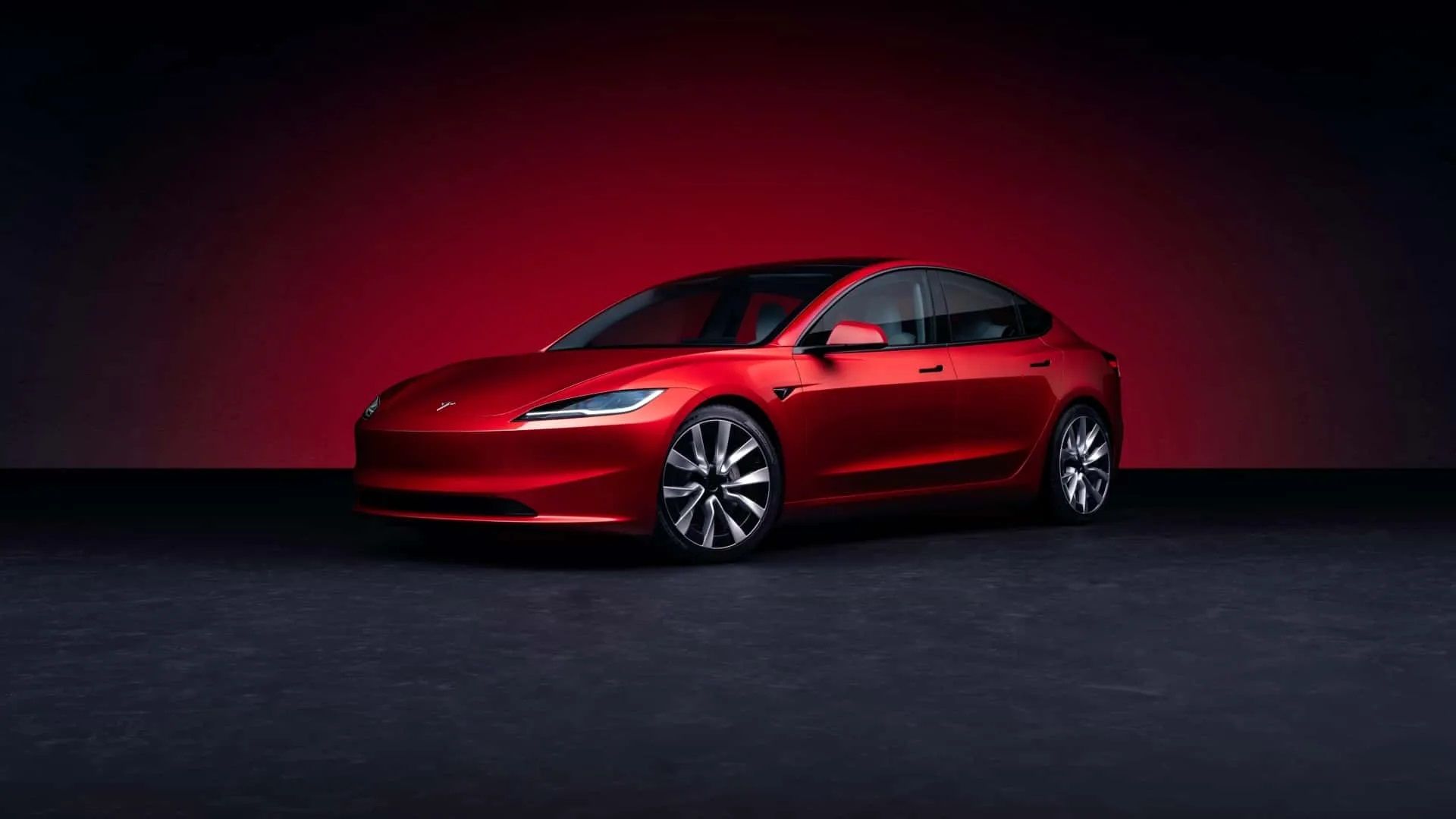
Here’s How Much It Costs To Replace A Tesla Battery
Teslas don’t have many maintenance expenses; unless they need a new battery.
In order to give you the most up-to-date and accurate information possible, the data used to compile this article was sourced from various manufacturer websites and other authoritative sources, including USPTO, Samsung, MotorTrend, Car and Driver, and Edmunds.
Tesla’s Design Patent
- An EV battery pack is composed of several individual energy cells.
- Tesla is applying to patent energy cells that are cheaper to manufacture and easier to install.
- Energy cells often resemble store-bought batteries, except the contact points are often both on the same end.
- Tesla cells’ electrical contacts are designed to be as big as possible to permit as much electricity as possible to flow through.
To first clarify a few terms, an EV battery pack (people commonly call it the battery) is the big heavy thing that all the car’s wiring ultimately leads to. It is the source from whence all power comes, and often the heaviest part of the car aside from the body itself.
If one opens up the battery pack, you’ll find a lot of energy cells. These often look like the same alkaline batteries one finds at any store. They are often colloquially called the “cans.” In effect, an EV’s battery pack is multiple individual batteries boxed up in a single large (and heavy) case. In the case of Tesla’s design, both the positive and negative battery terminals are at one end of the cell.
The contacts somewhat resemble a bull’s-eye target. One contact is a circle in the center, and the other is a ring around it. Tesla’s patent states that either of the contacts can be positive or negative. In other words, the center contact can be positive and the outer ring negative, or the center contact can be negative and the outer ring might be positive.
Tesla’s Patent
Tesla has applied to patent some refinements to the energy cells inside battery packs. Some of these changes are designed to make them easier (and therefore cheaper) to assemble into battery packs. Tesla’s design changes would also make battery packs easier to cool off.
Making EV Batteries Easier To Produce
The cells are designed to be laser-welded into place when installing them in battery packs (though that is not the only way they can be attached). The contact ends of the energy cells are designed to have a minimum of things in the way. That allows for the electrical contact points to be as big as possible, which in turn allows for more electricity to flow through them. Improving the flow of electricity makes fast-charging easier, and also reduces how hot the batteries get when in use.
The top of the battery is designed to handle what the patent refers to as “mechanical load.” In other words, the cells are capable of holding up the weight of the battery pack. The cells do double duty, both storing energy and bearing the weight of the entire battery pack. To accomplish the latter, they are strong enough to withstand all the jolts and rattles that come from the treacherous pavement under the car.
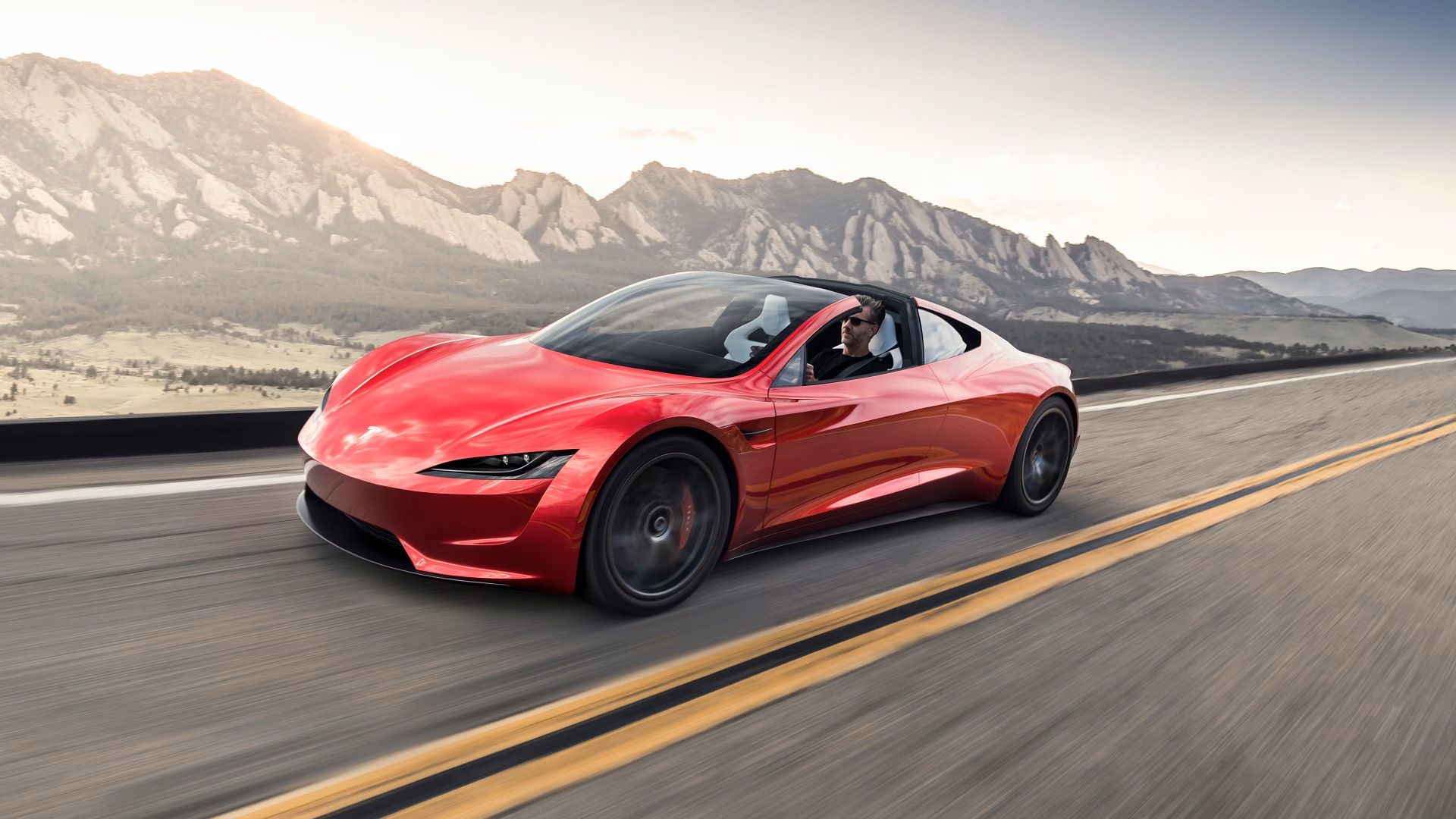
10 Fun Facts About Tesla EVs
Tesla stands as the global leader in EV manufacturing, yet there are some intriguing facts about the American automaker that you may be unaware of.
Some Of The Many Uses Of The Sides Of Energy Cells
- The sides of the battery (called the sleeve) can have multiple uses
- They can provide an insulating barrier against wayward electricity
- They can also be used to cool the battery when it’s in use or charging
Not all the fun in a battery cell happens at the contact points and on the inside. The sides of the energy cell (which the patent calls the “sleeve”) have a number of uses. Perhaps the most obvious one is electrically insulating the cells. (That way, electricity has no way out of the cell except through the contact points.) Another use is labeling them. Printing information on the sides of the cells would make them resemble store-bought alkaline batteries even more than they already do.
Preparing The Battery For Bumpy Roads
In some variations, the cells’ sleeves can also be used as padding for when they get bumped together as the car traverses the uneven ground. The cells in an EV battery pack are placed very close together, often touching each other. This makes padding all the more important, particularly in a battery pack that doesn’t get used in idyllic, jounce-free conditions. (EV batteries endure tougher lives than the battery pack that clips into the power drill that someone constantly drops onto concrete.)
Cooling The Battery Pack From The Inside Out
The cell sleeves can be used to connect the individual cells to a cooling system. That cooling system can be a heat sink – essentially a multi-finned metal radiator – a set of cooling lines, or anything else. Batteries always generate some amount of heat when in use- even if it’s not noticeable. The heat can be particularly bad when a massive surge of energy is pulled out of the battery or shoved into it.
While this heat doesn’t matter for most pocket-sized electronics, it is a constant issue for EVs. The motors can draw immense amounts of energy whenever the driver floors the accelerator. And, of course, fast-charging sends a flood of electricity into the batteries in a few short minutes. This is why EVs have battery cooling systems. (EV batteries also have heating systems. They don’t like severe cold any more than engines do.)
Saving Money By Going Sleeveless
However, the sleeves can be omitted to save money on manufacturing. This would likely only be feasible for very large cars, because sleeveless battery cells need more space between each other. When there’s no outer wrapping layer to block electricity from passing from cell to cell, the only electrical insulation left is airspace.
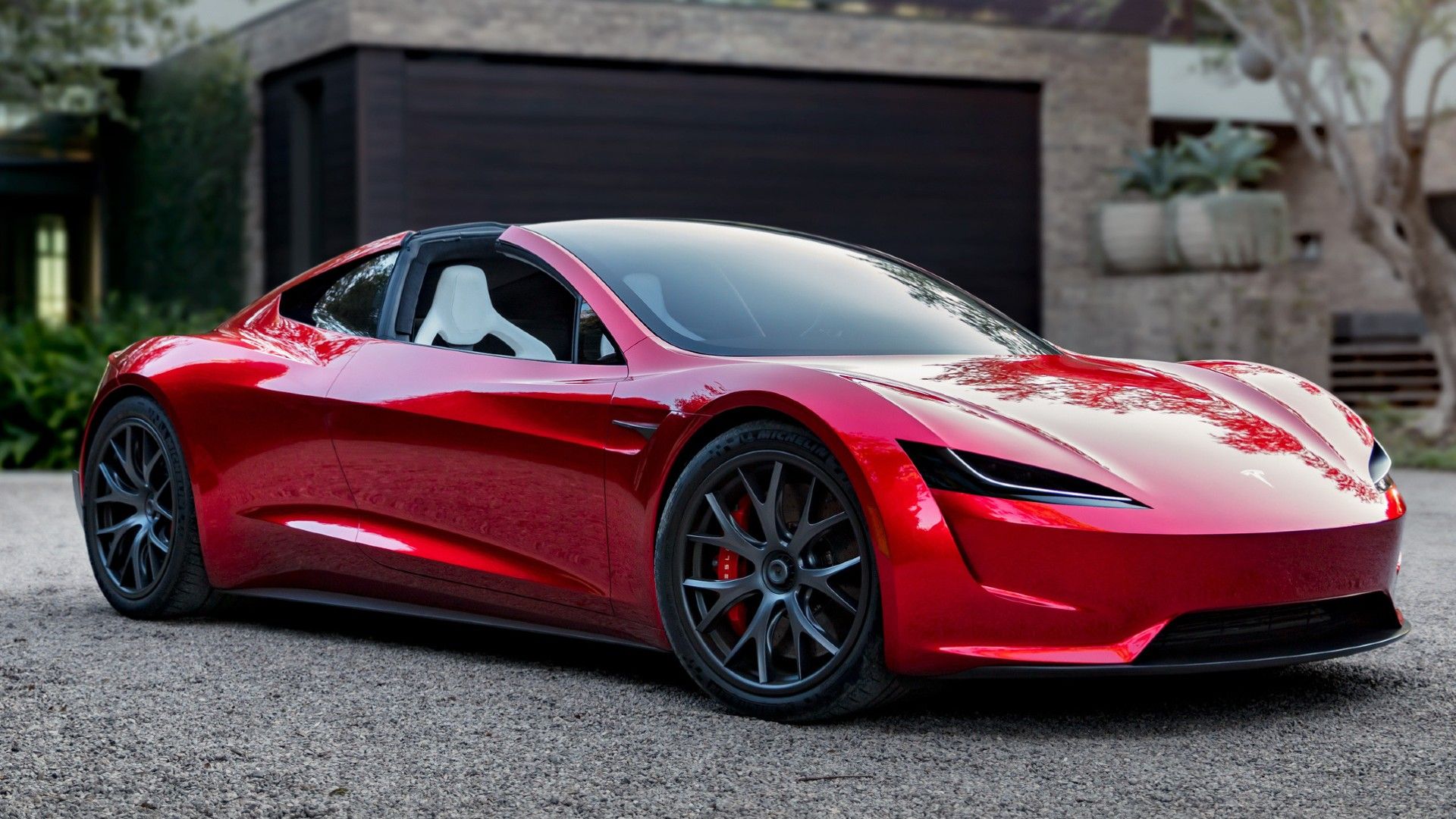
10 Tesla Easter Eggs You Might Not Know About And How To Use Them
“Open Butthole”, custom light shows, and many other Tesla Easter Eggs you probably didn’t know about Tesla!
How Tesla’s Patent Fits Into Its Battery Development
This patent doesn’t cover what type of chemistry is in the energy cells. It could be lithium-ion, lithium-iron-phosphate, sodium-ion, or one of the many solid-state battery configurations that many automakers are assiduously trying to get onto the road. Instead, this patent covers the cells’ general design. This is similar to how the blueprints for a building specify the room layouts, but not whether the walls will be covered in sheetrock or wood paneling.
The Ambiguity Of The Patent
It is unclear what, precisely, Tesla is trying to patent in this design. Unlike many patent applications, Tesla’s filing does not conclude with at least a few paragraphs that begin with the phrase “What is claimed is…”. That is to say, the patent does not have a list of what’s novel enough to patent.
Most of the patent application is an explanation of what has become the standard design for the energy cells in EV battery packs. Of course, it’s possible that Tesla came up with this design in the first place. After all, Tesla is the company that first made EVs a success. However, Tesla had this patent published in October 2023. It would be extraordinarily careless (even by Elon Musk’s standards) to wait over a decade to file the patent on a design.
The Potential Folly Of Patent Trolling
If Tesla Motors is venturing into patent trolling, this is a stunningly bad time. The company’s reputation has taken a substantial hit CEO/de-facto macot Elon Musk’s misfired handling of Twitter (now known as X). Furthermore, while Tesla sedans remain the final word in EVs, the company has suffered substantial embarrassment with the uneven rollout of the Cybertruck.
Tesla’s sedans and coupes remain some of the most respected EVs in existence, but that has not been enough to carry the company unscathed through recent events.
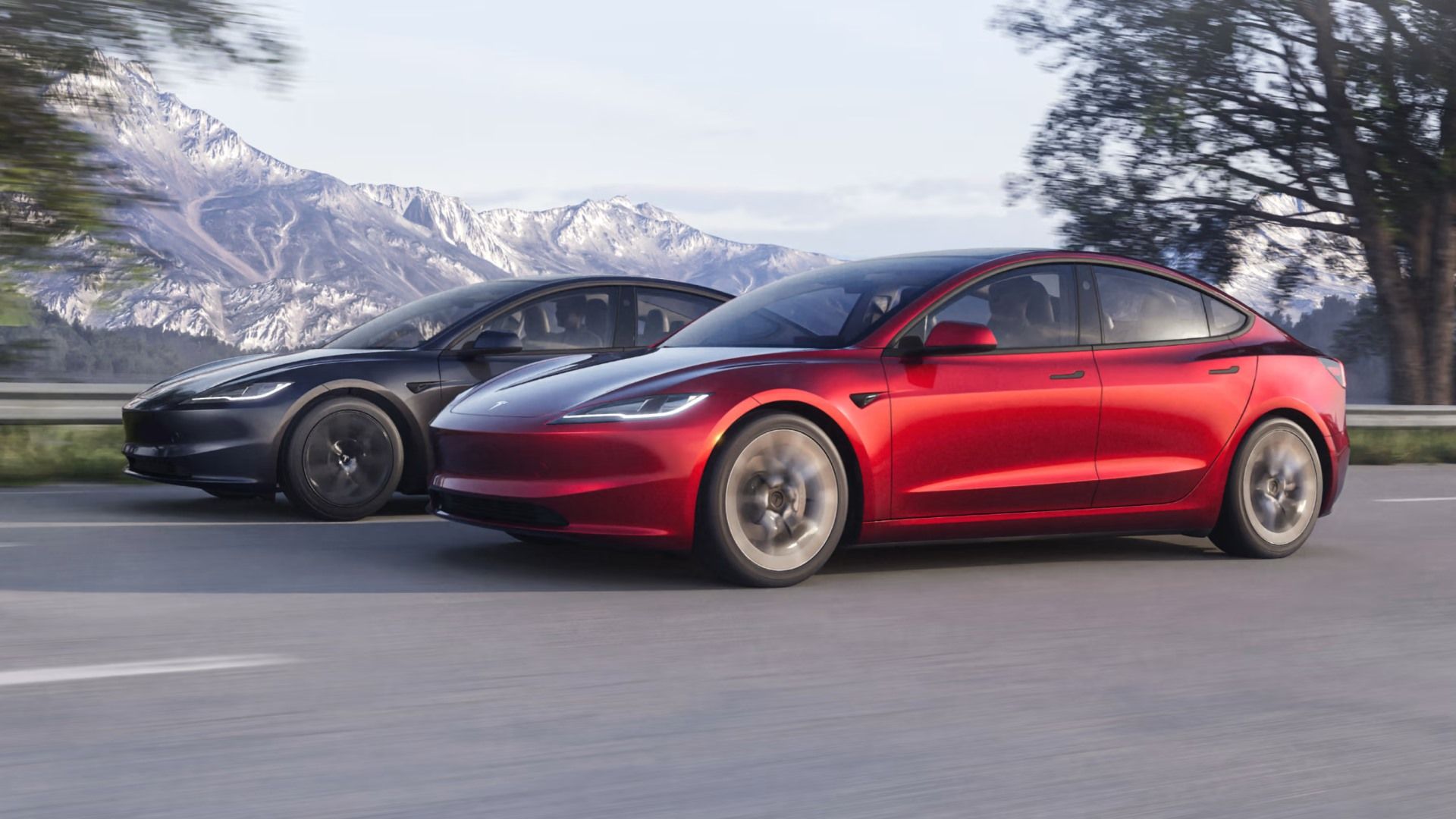
What The Tesla Model 3 Highland Refresh Can Tell Us About Tesla’s Future
Tesla giving its most popular model a facelift could imply many more to come. Here’s what we think the future holds.
The Frenetic Pace Of Battery Research
This battery patent application is one of thousands like it that reach the U.S. Patent Office by the truckload. Batteries are the hottest area of EV research because no battery does everything manufacturers want. Current EV batteries are too heavy, use too many rare metals (there’s only so much lithium waiting to be mined from underground), and are too bulky.
No currently-produced EV battery provides the same driving range as a tank of gasoline of the same size and weight. While EV batteries have reached a de-facto standard for the time being, rapid change is coming.
As Counterintuitive As It May Seem, EV Batteries Are Getting Researched More Than Motors
While no EV manufacturer considers the car’s motor to be perfect and needs no further revision, motors are a solved problem compared to the batteries themselves. Motors were one of the first successful uses of electricity, and have over a century of refinement behind them. In this sense, EV motors are like the engines in ICE cars. Current research focuses on small yet useful alterations to proven designs, not reinventing them.
However, EV battery research is the opposite. It is not gradually revising a settled technology. Science labs are constantly coming up with designs and concepts that promise to be “groundbreaking,” “game-changing,” “breakthroughs,” “revolutionary,” and all the other words so fondly loved by PR writers.
The Uncertain Future Of EV Batteries
EV batteries are undergoing rapid change for multiple reasons. Perhaps most pressingly, a worldwide shortage of lithium threatens to bring future EV manufacturing to a screeching halt. Every EV battery in modern use depends on lithium. However, the metal is getting harder to obtain while the world constantly demands more of it. The era of glibly putting lithium into everything from phones to cars may come to an end without some earth-shaking breakthroughs in mining.
But aside from the ever-present problem of finite resources, the age of EVs is still young. No one has yet produced a battery that does everything people want. Tesla’s energy cell patent may become obsolete soon after it is granted. After all, the wheels of progress turn faster than the wheels on a Model S Plaid.
[ad_2]
Source link


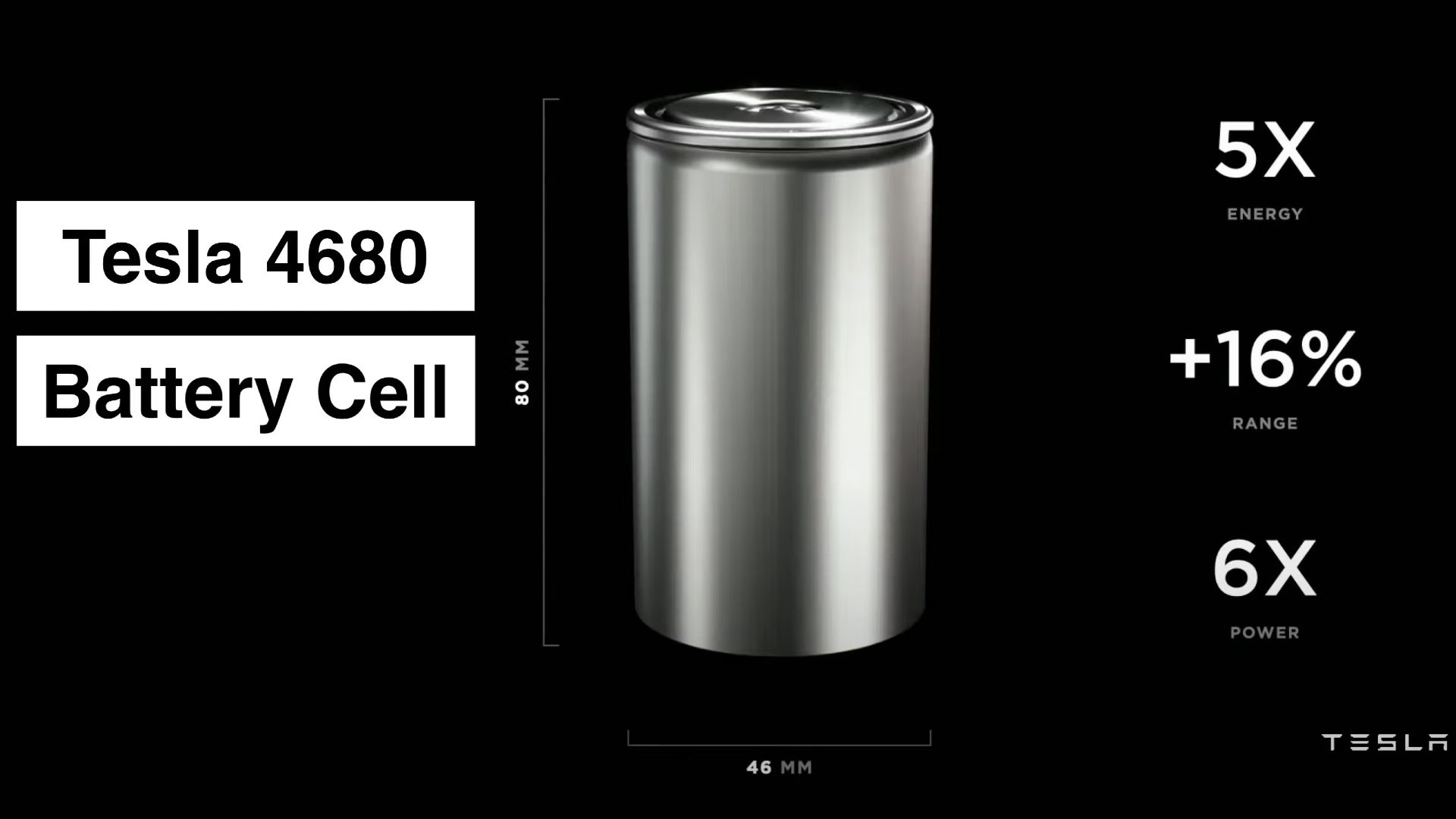
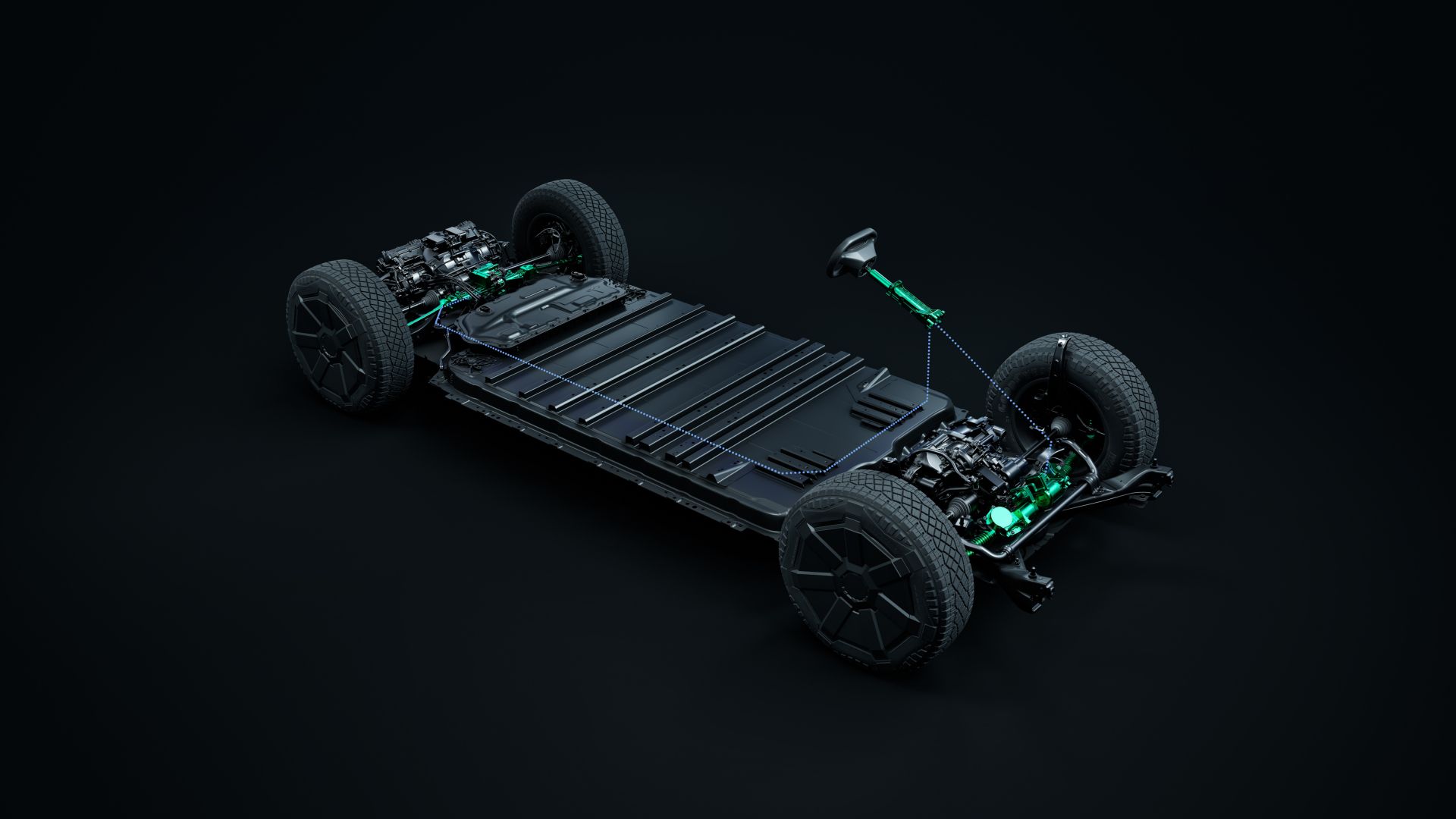
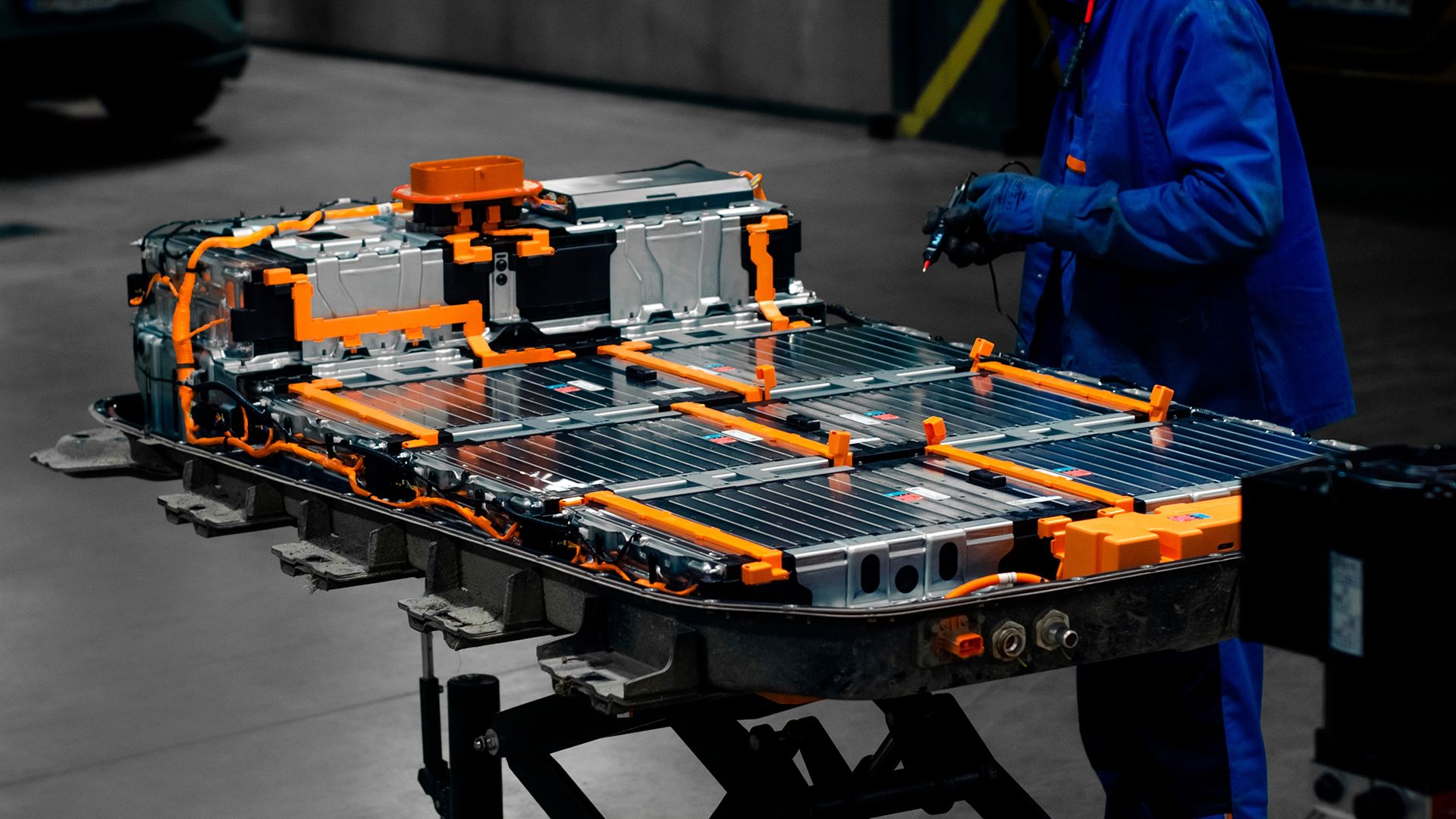
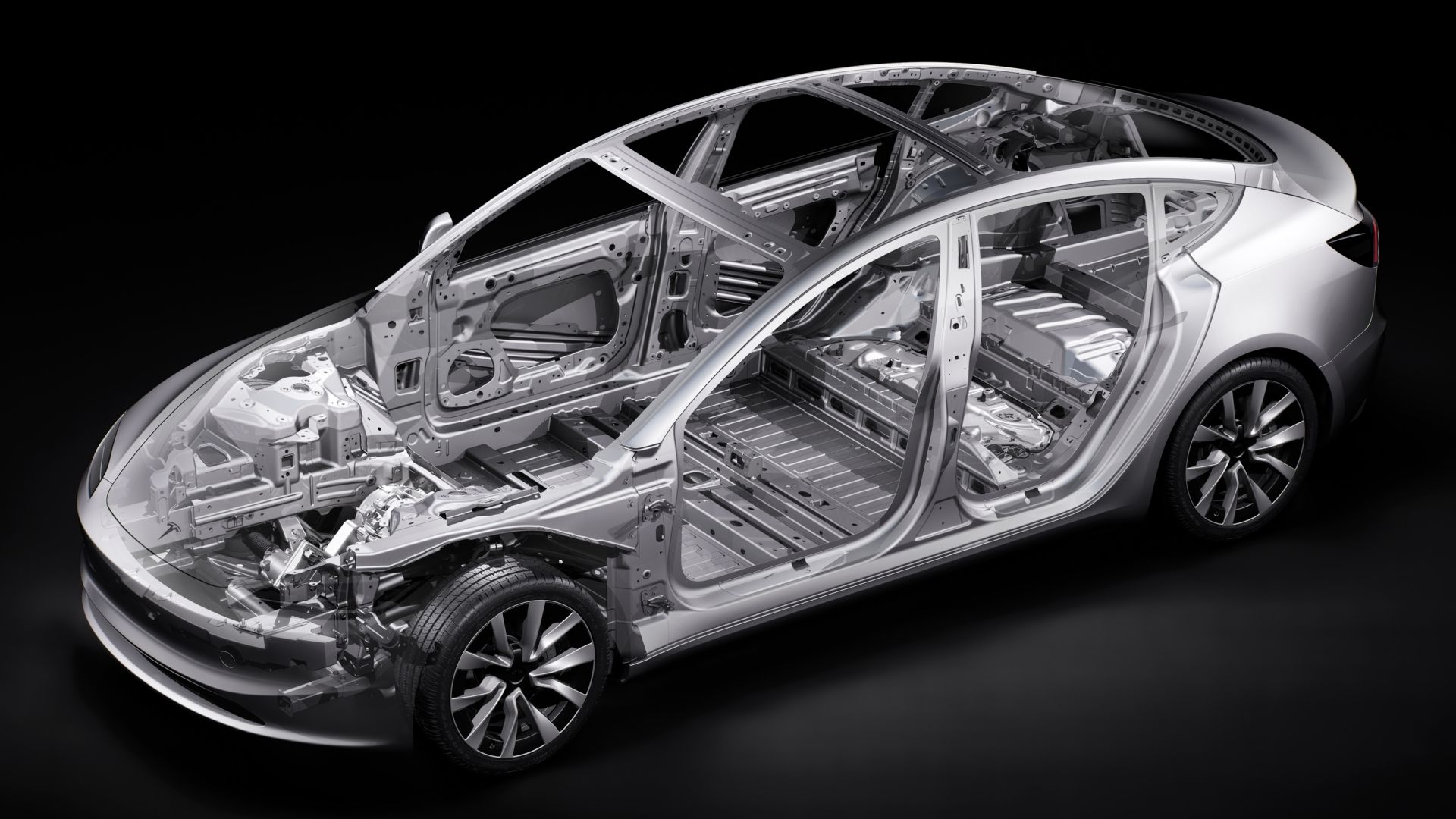
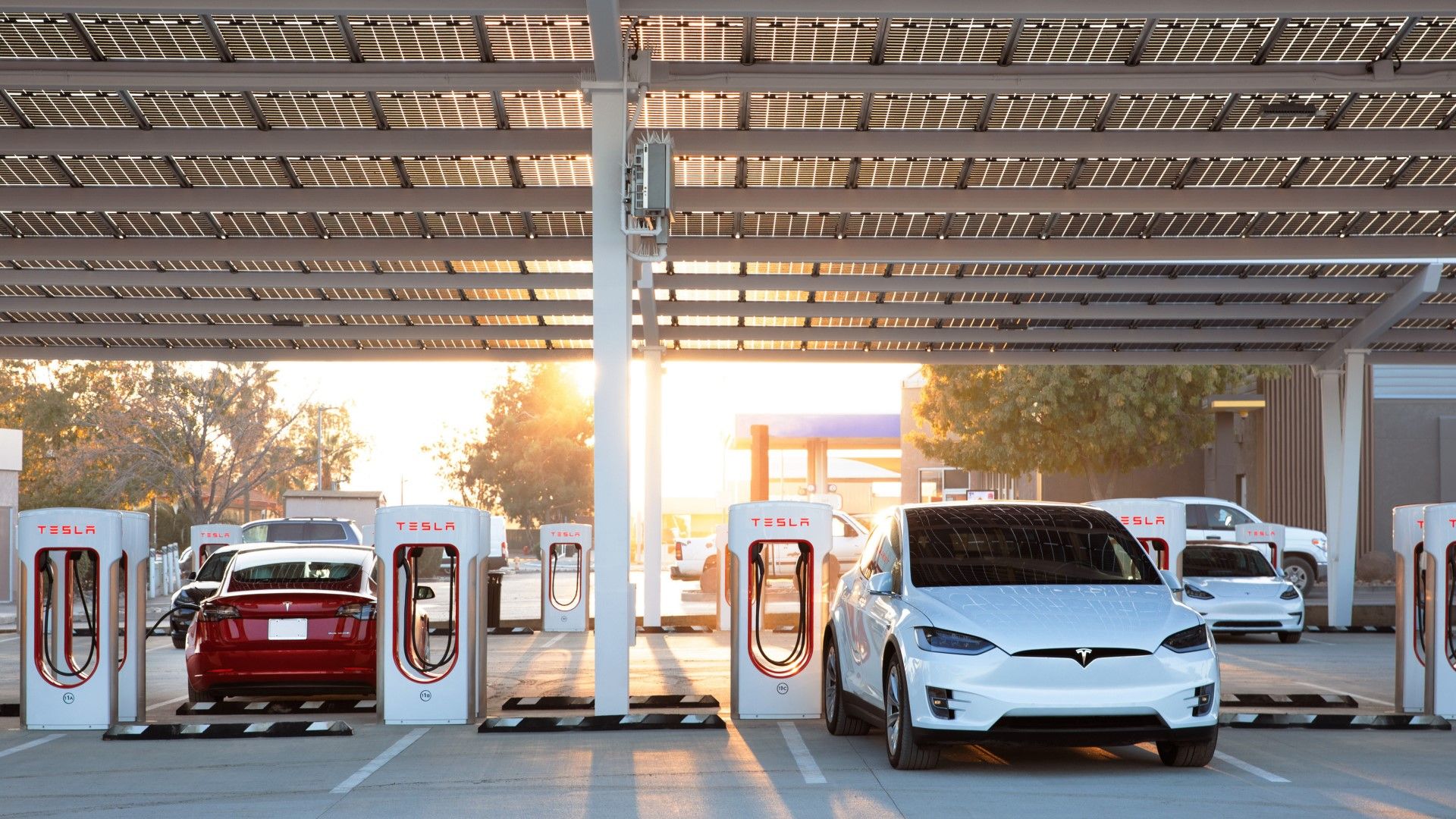
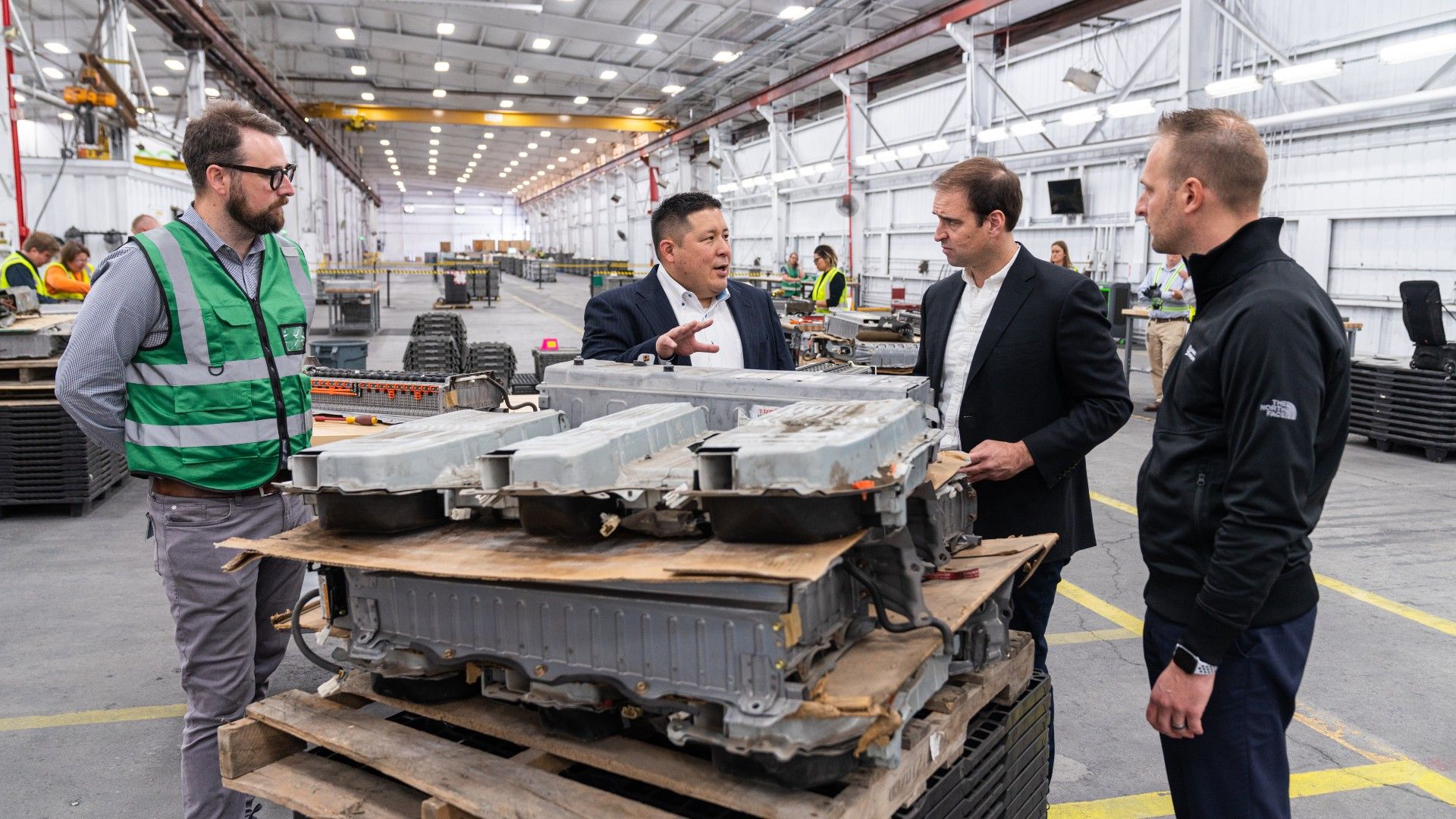
Leave a Reply
You must be logged in to post a comment.